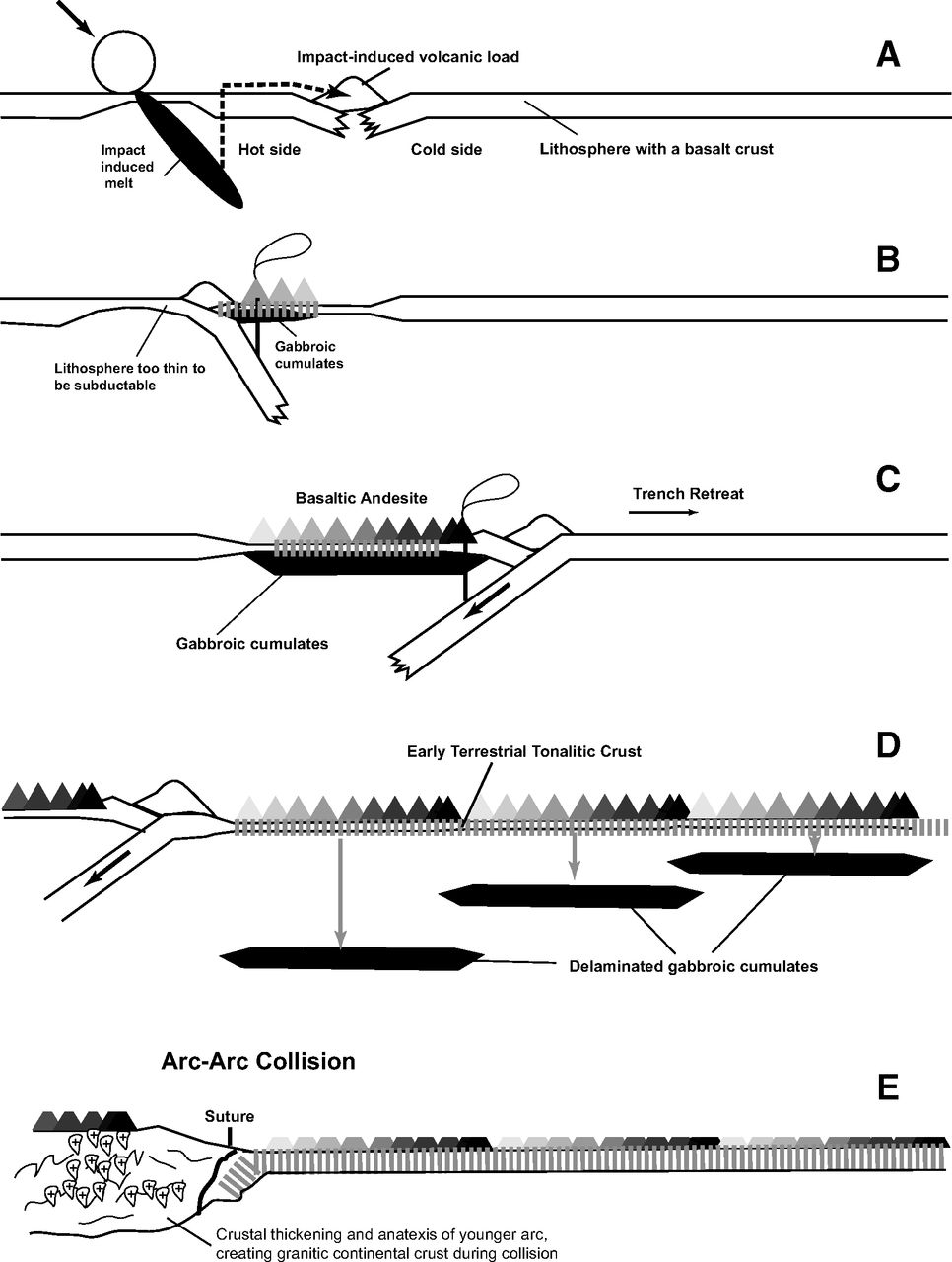https://www.rt.com/usa/440606-stagnant-slabs-earth-mantle/amp/
Scientists have diagnosed the Earth as having a bizarre geological condition known as ‘stagnant slabs’, meaning tectonic rocks subducted into the fiery hot mantle mysteriously become wedged hundreds of miles below the surface.
The presence of stagnant slabs has intrigued scientists for years and now the latest study on the subject states that a “sliding” horizontal motion of subducted plates below the Pacific ocean has been observed between the boundary of the upper and lower mantle.
“Although we see these slabs stagnate, they are a fairly recent phenomena, probably happening in the last 20 million years,” Zhong said. “The slabs get deflected and can keep going for a long distance horizontally.”
More detail https://www.nature.com/articles/s41561-018-0225-2
Slab stagnation due to a reduced viscosity layer beneath the mantle transition zone. The linear structures of seismically fast anomalies, often interpreted as subducted slabs, in the southern Asia and circum-Pacific lower mantle provided strong evidence for the whole mantle convection model. However, recent seismic studies have consistently shown that subducted slabs are deflected horizontally for large distances in mantle transition zone in the western Pacific and other subduction zones, suggesting that the slabs meet significant resistance to their descending motion and become stagnant in the transition zone. This poses challenges to the whole mantle convection model and also brings the origin of stagnant slabs into question.



